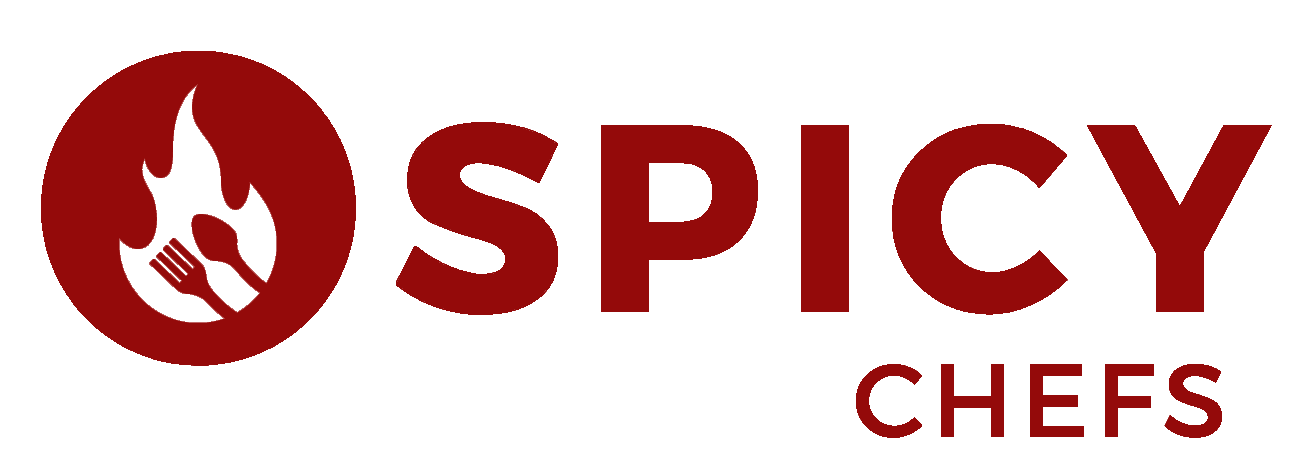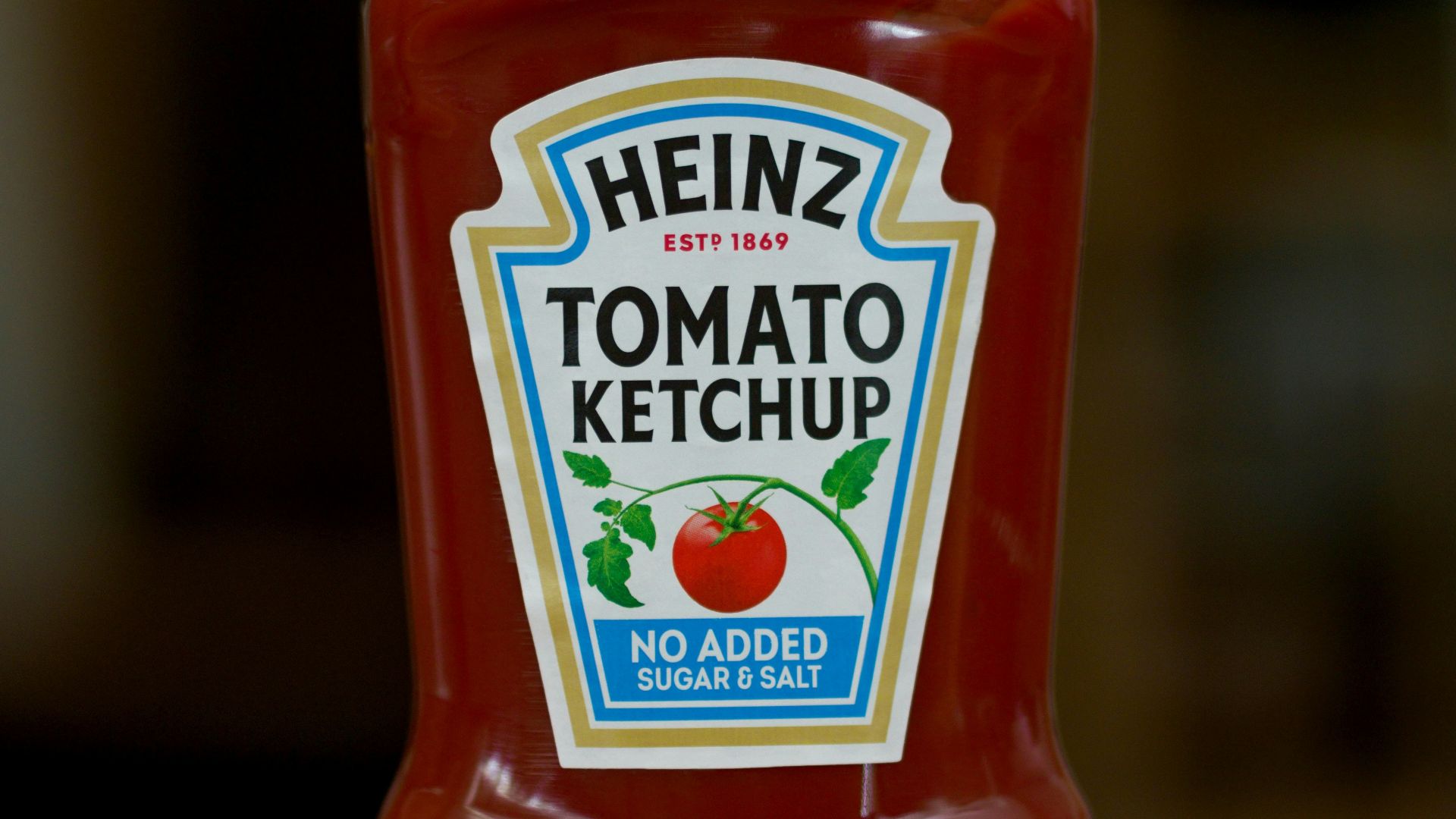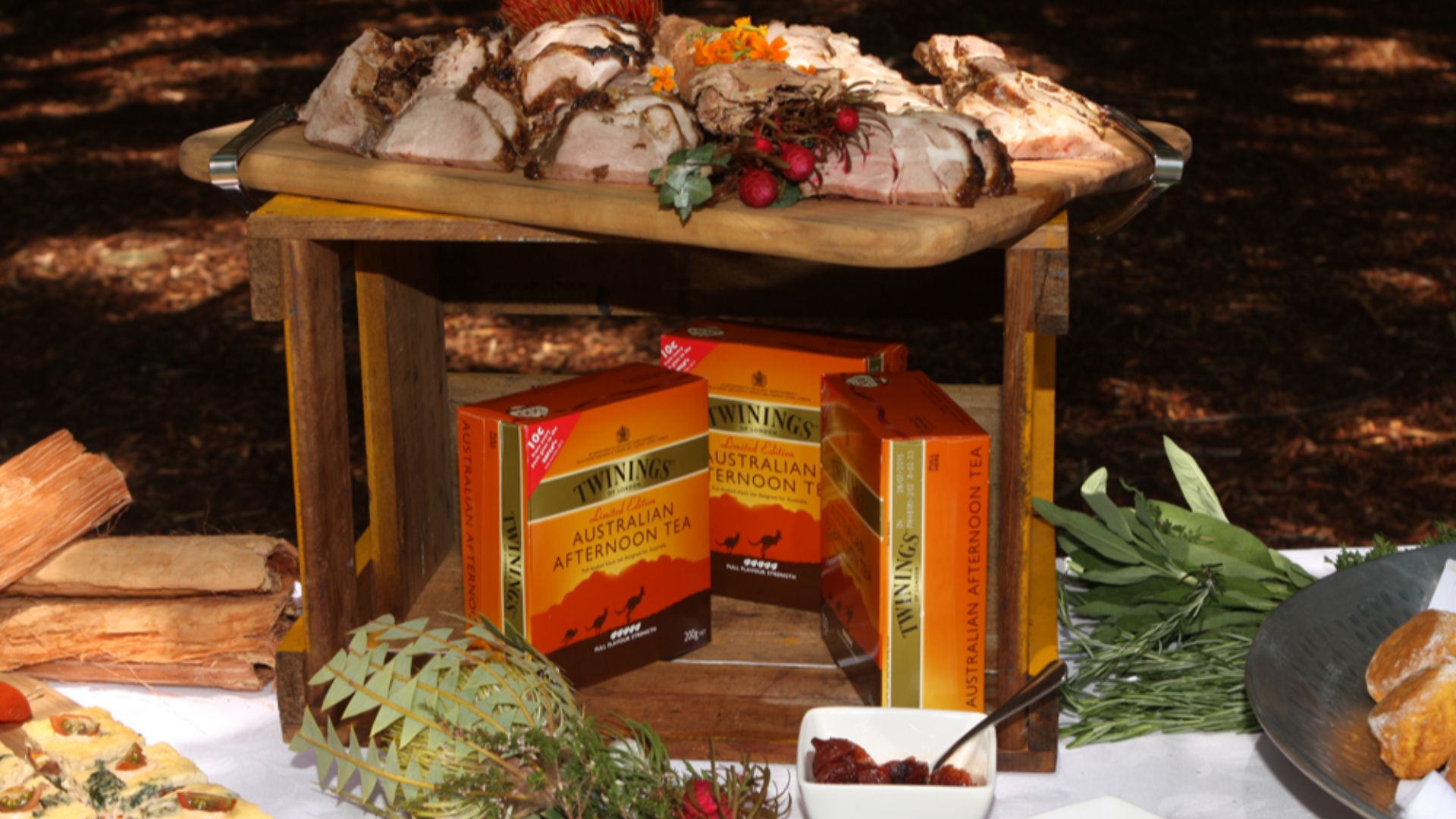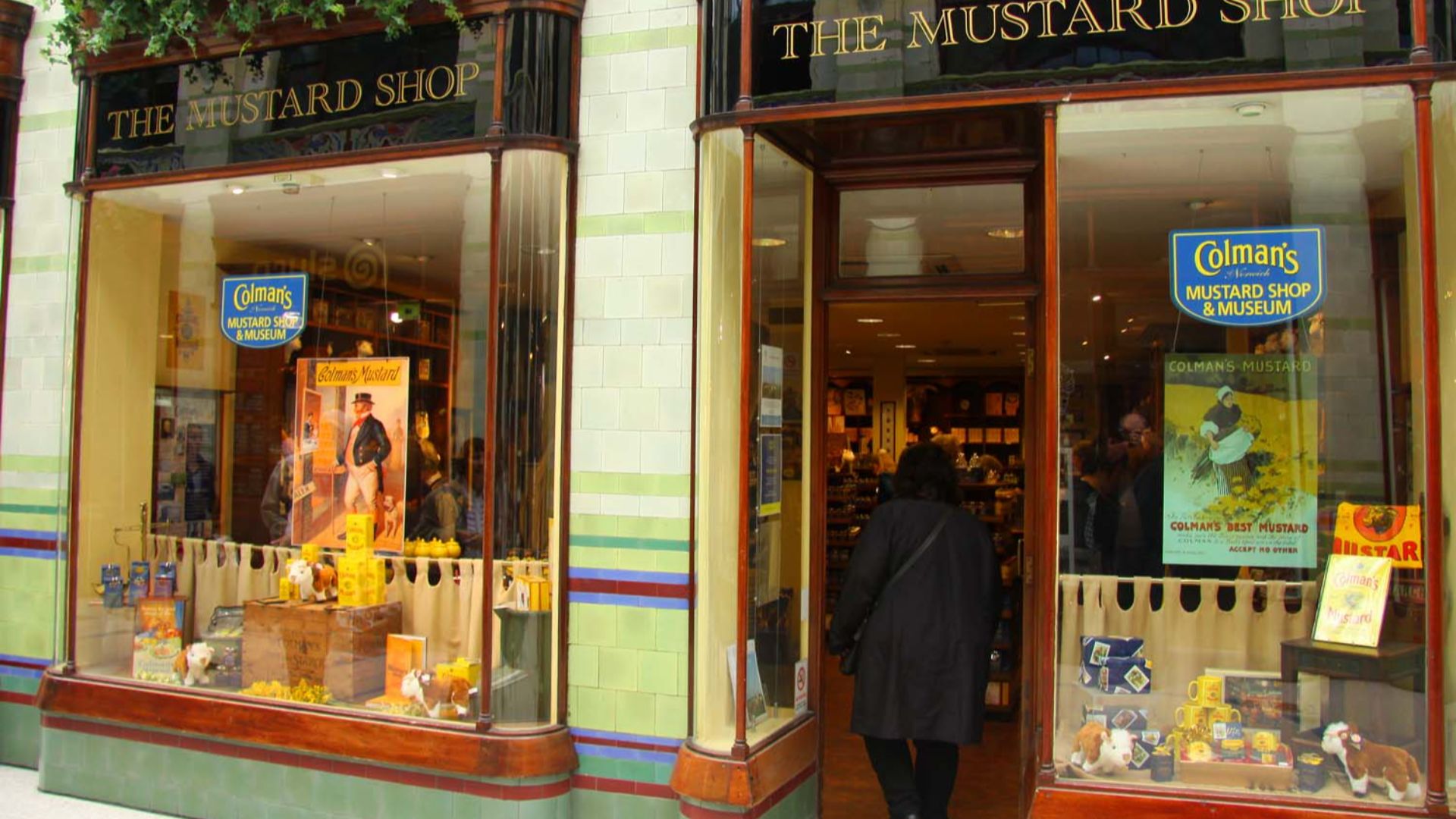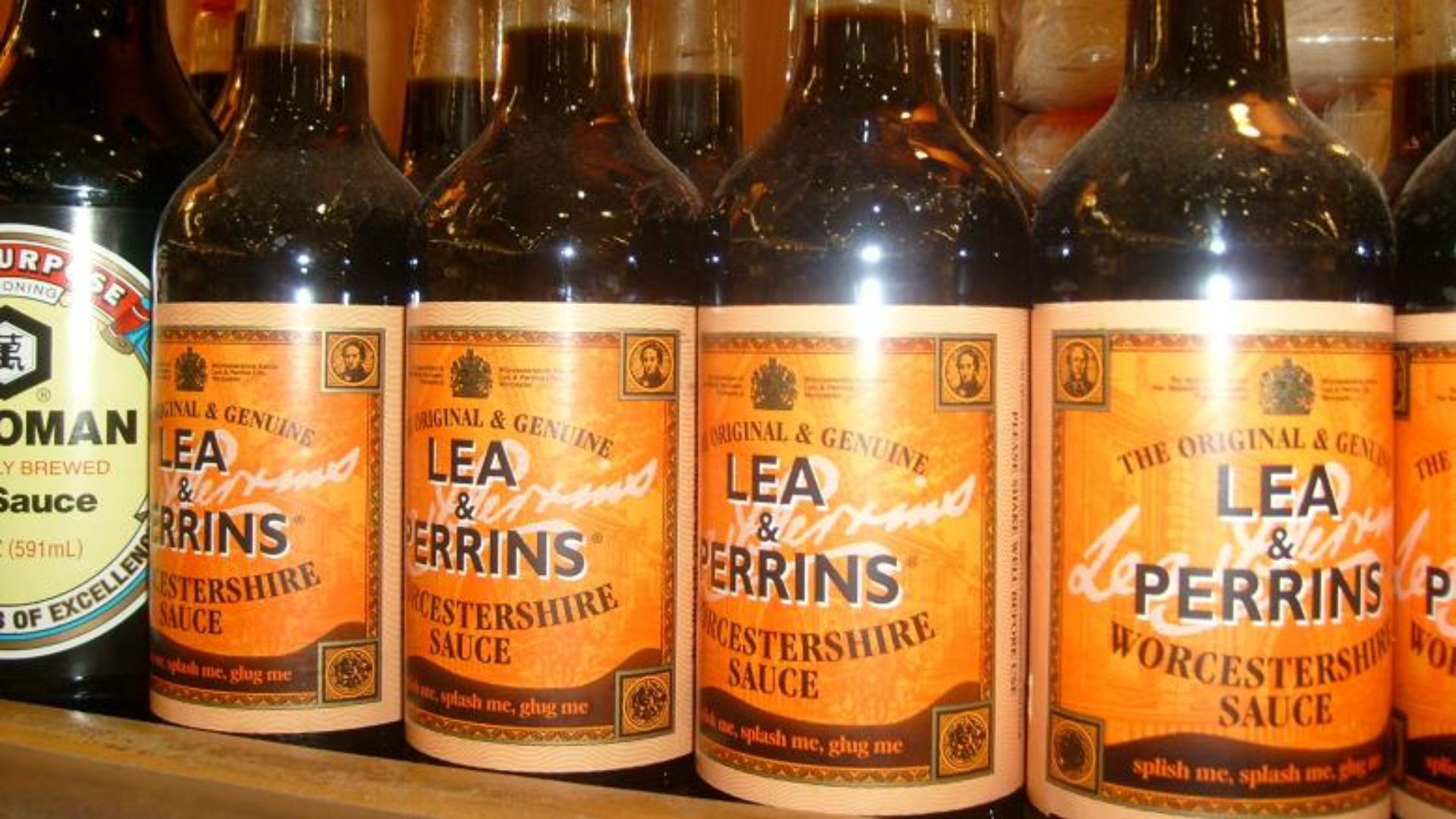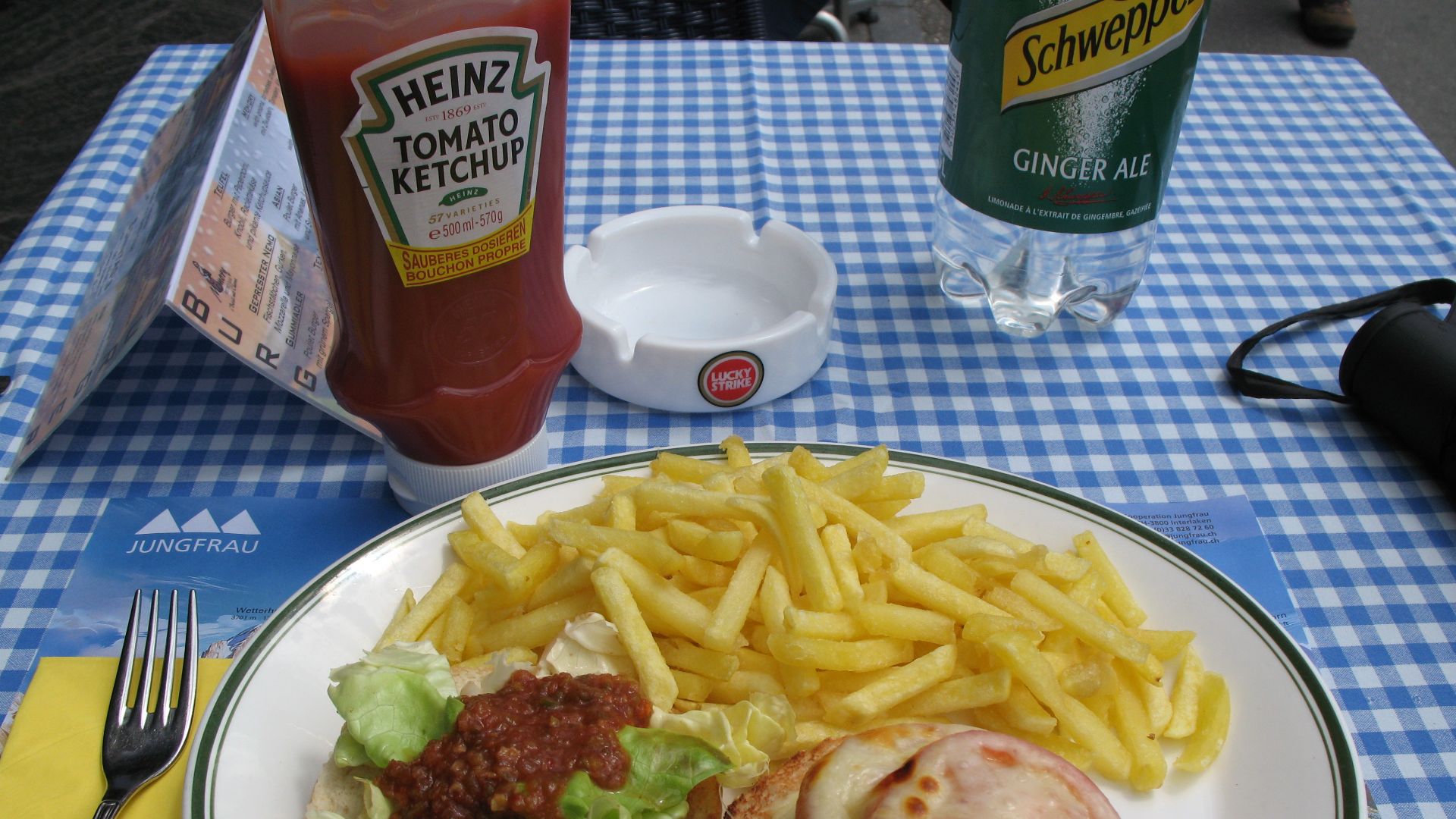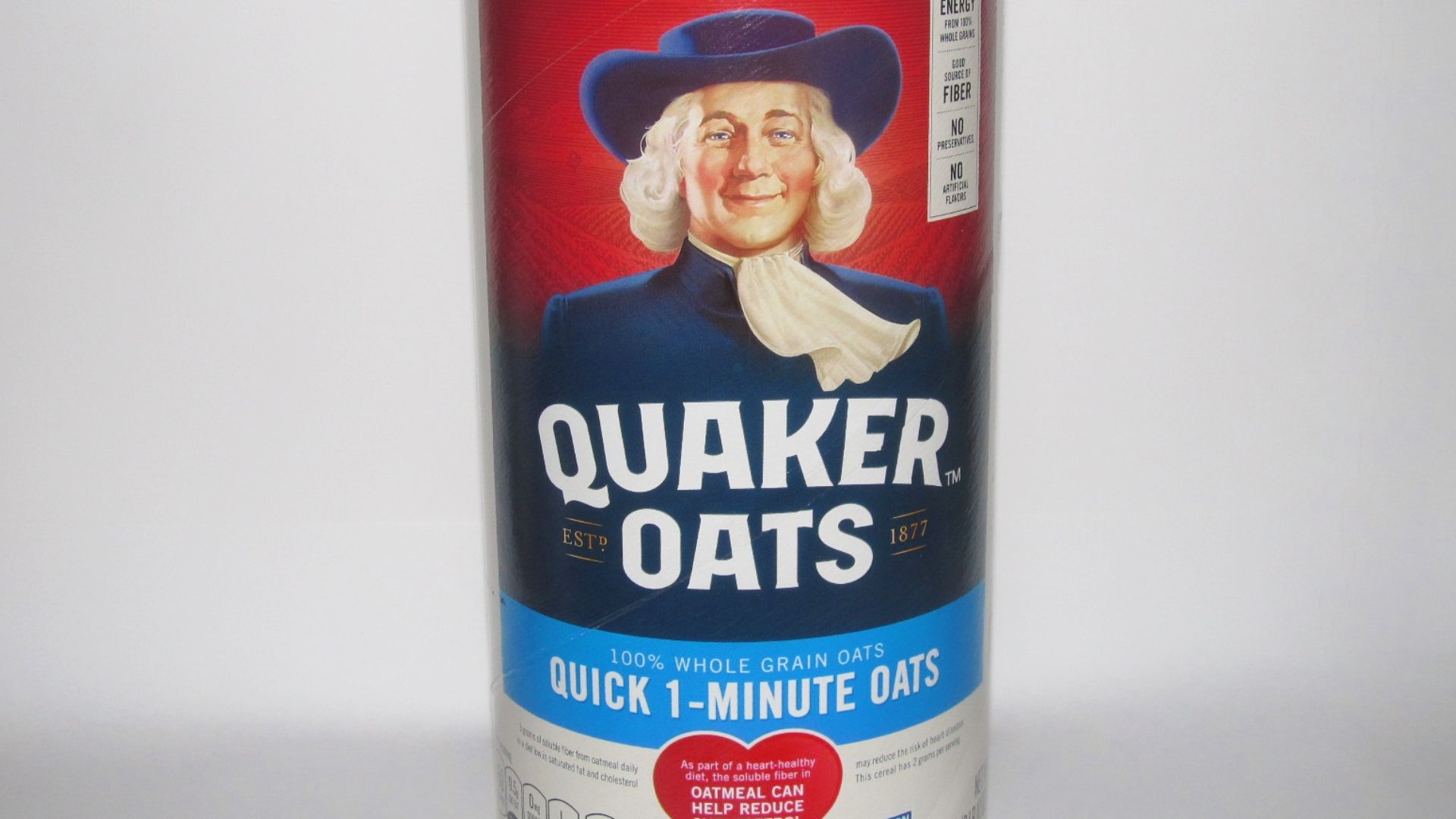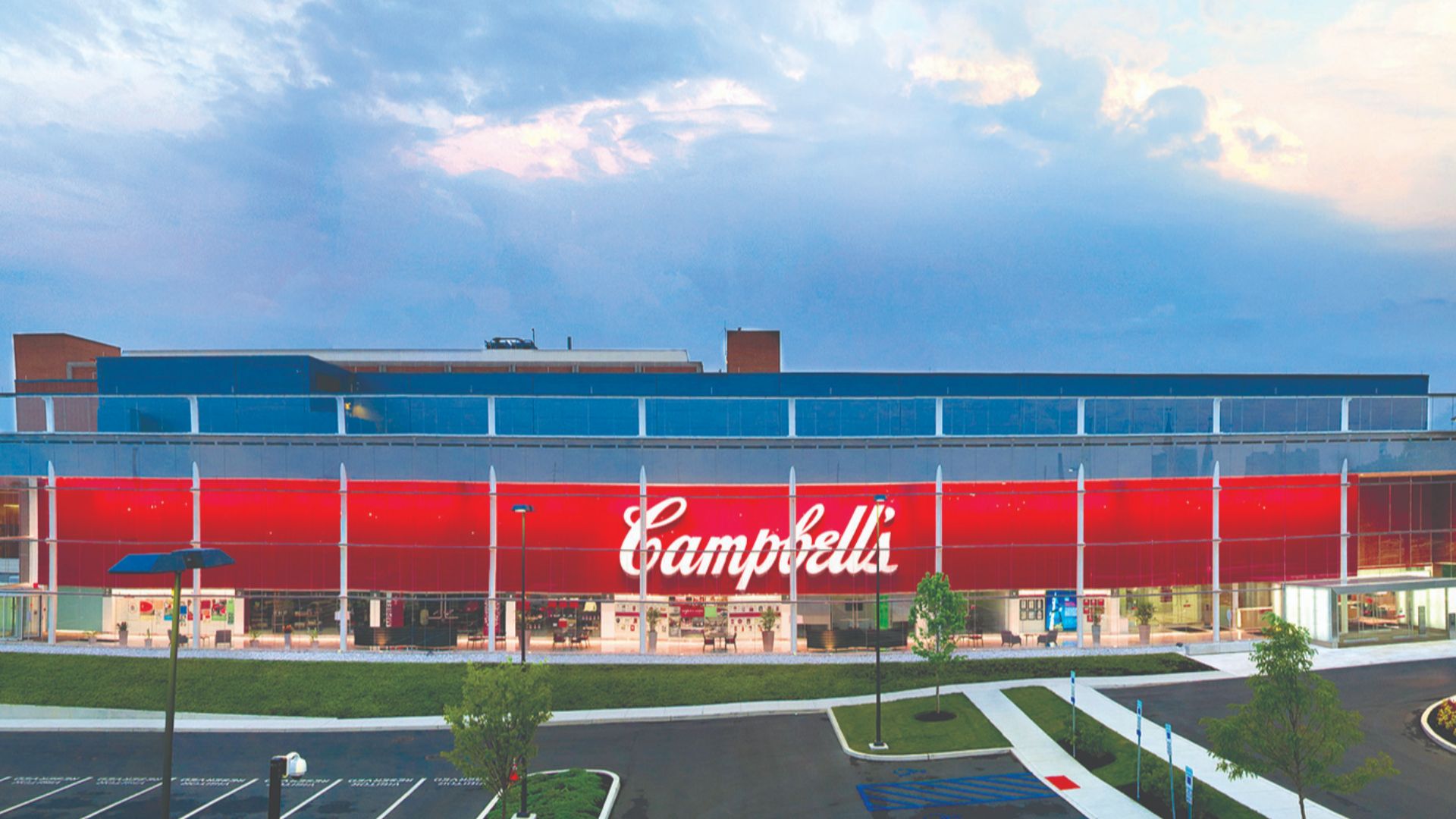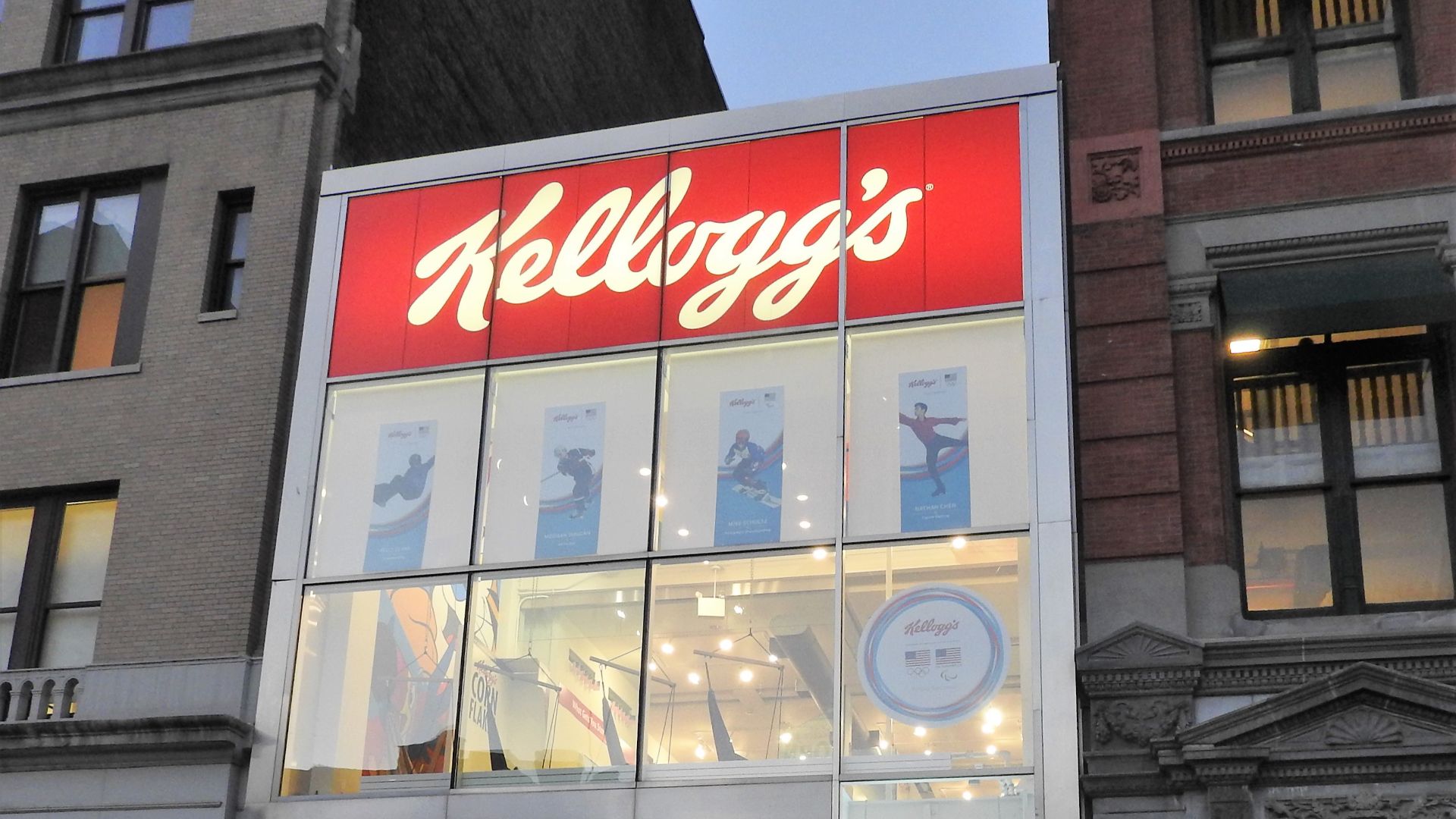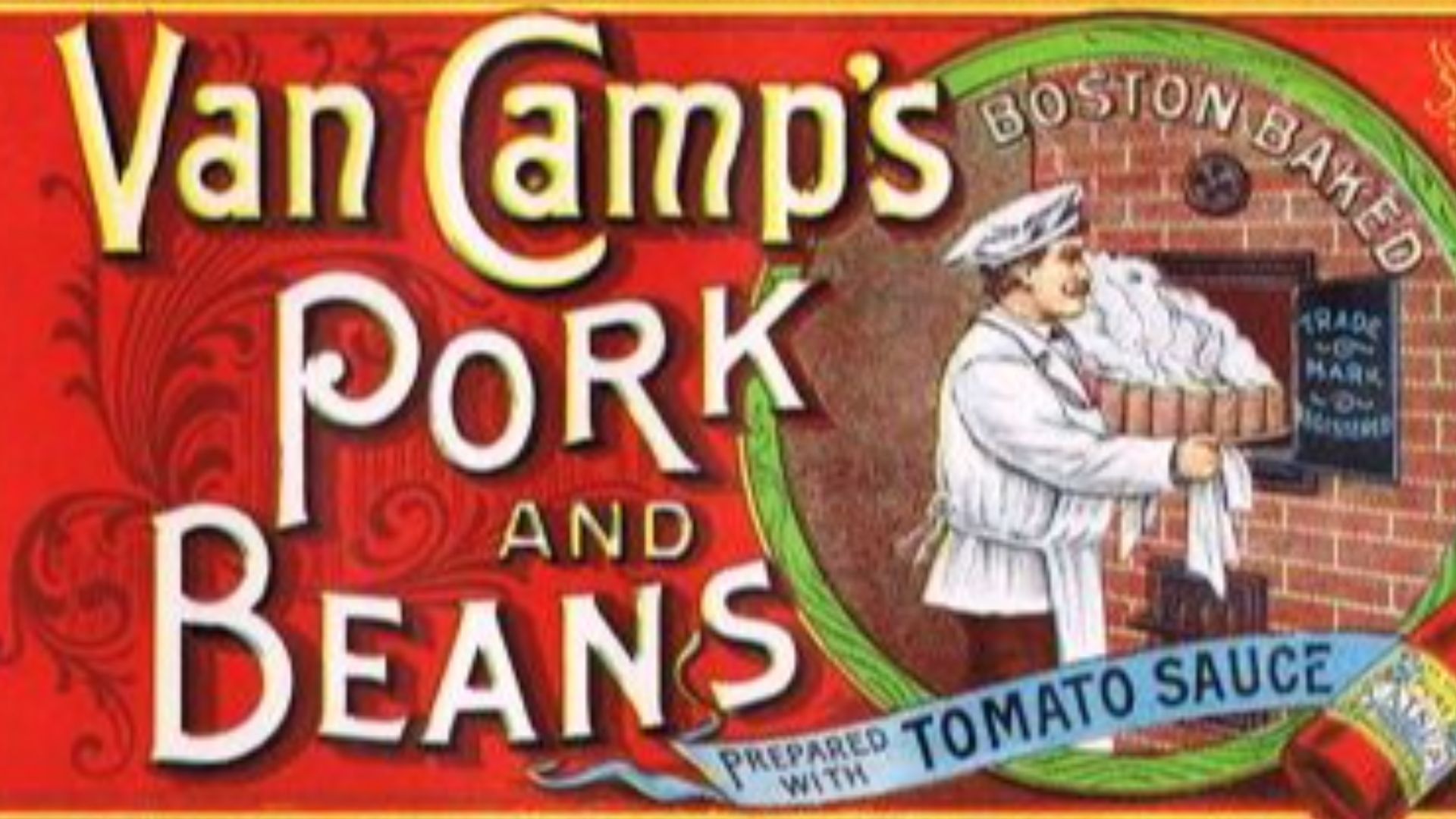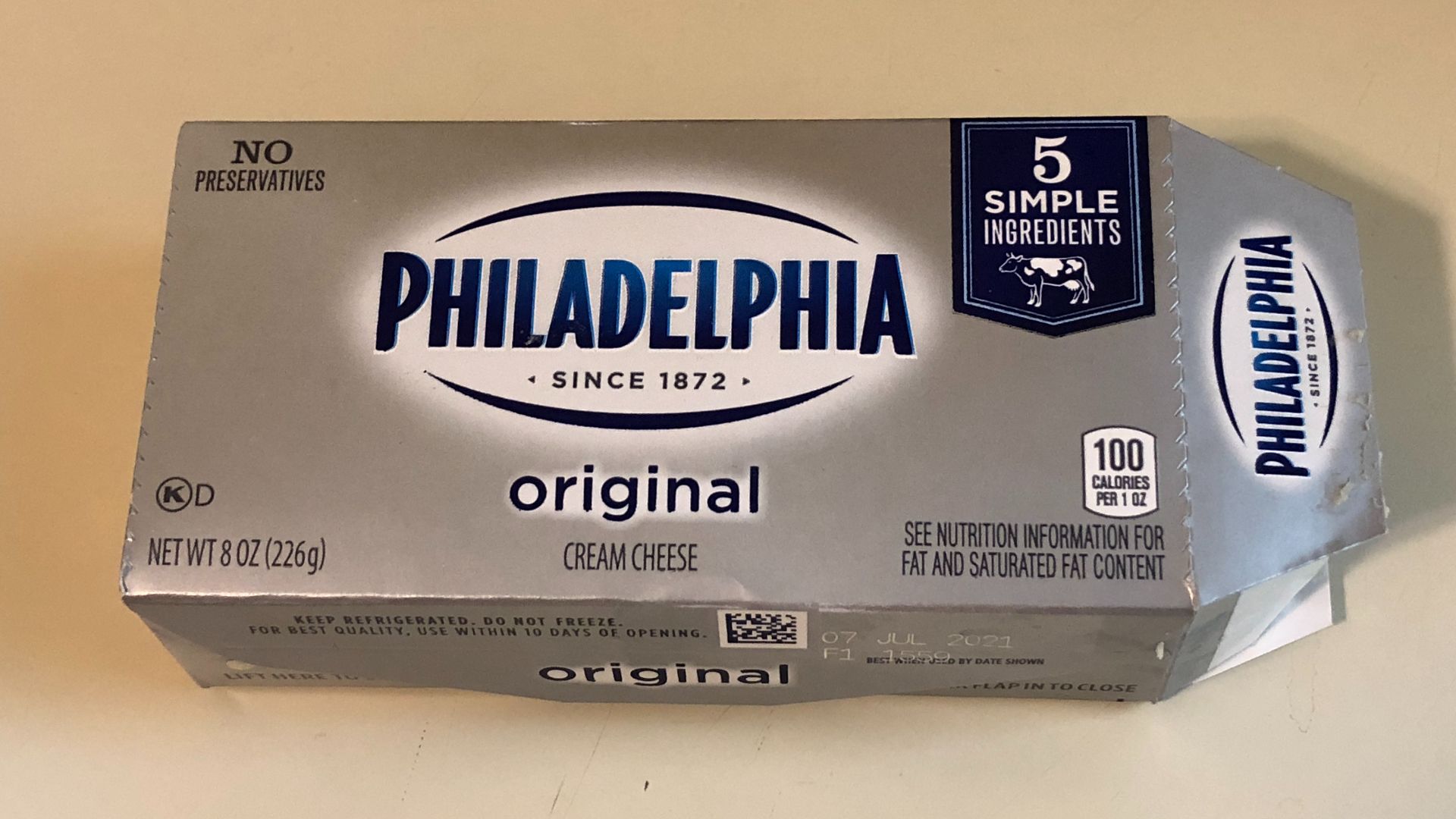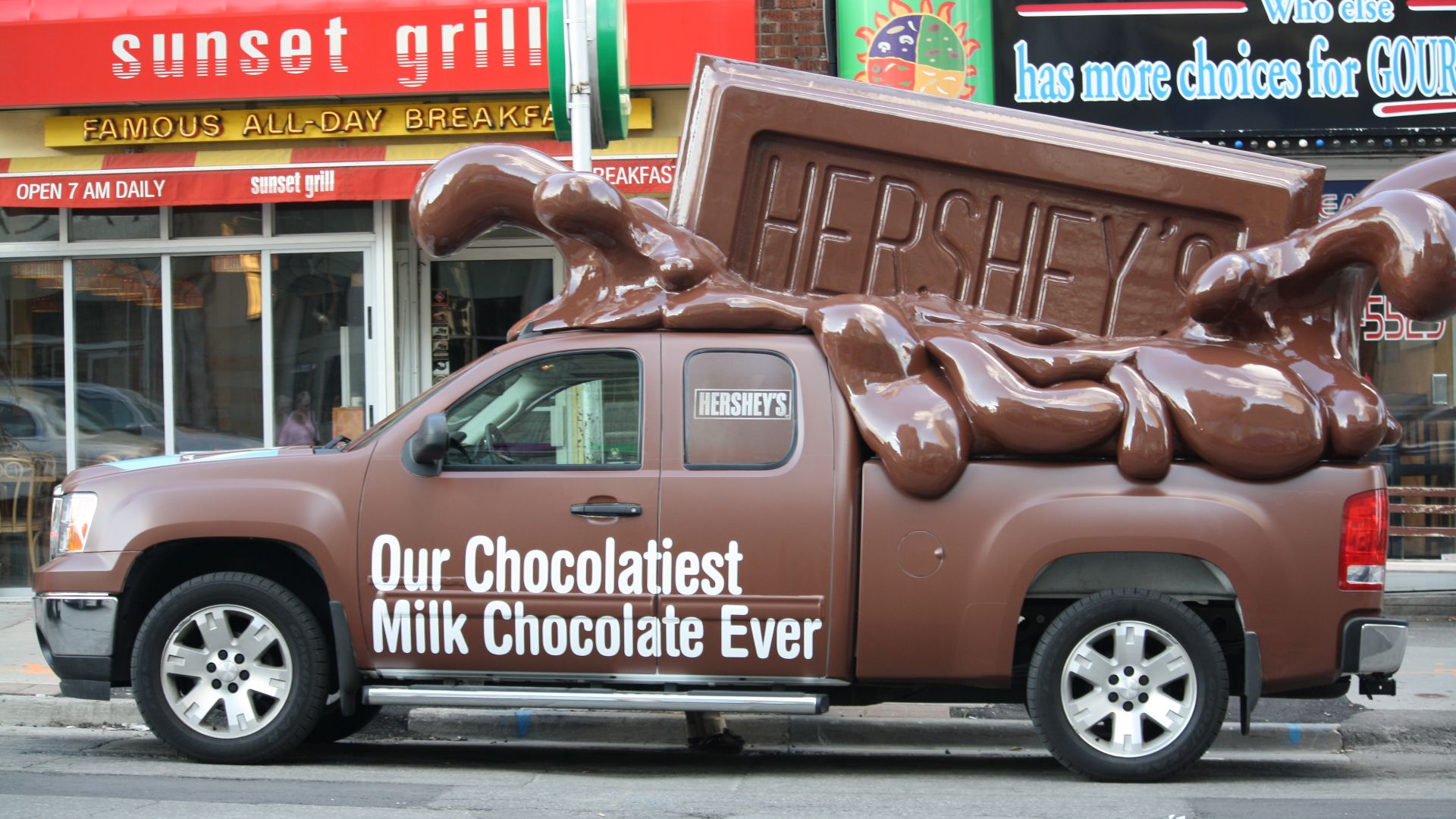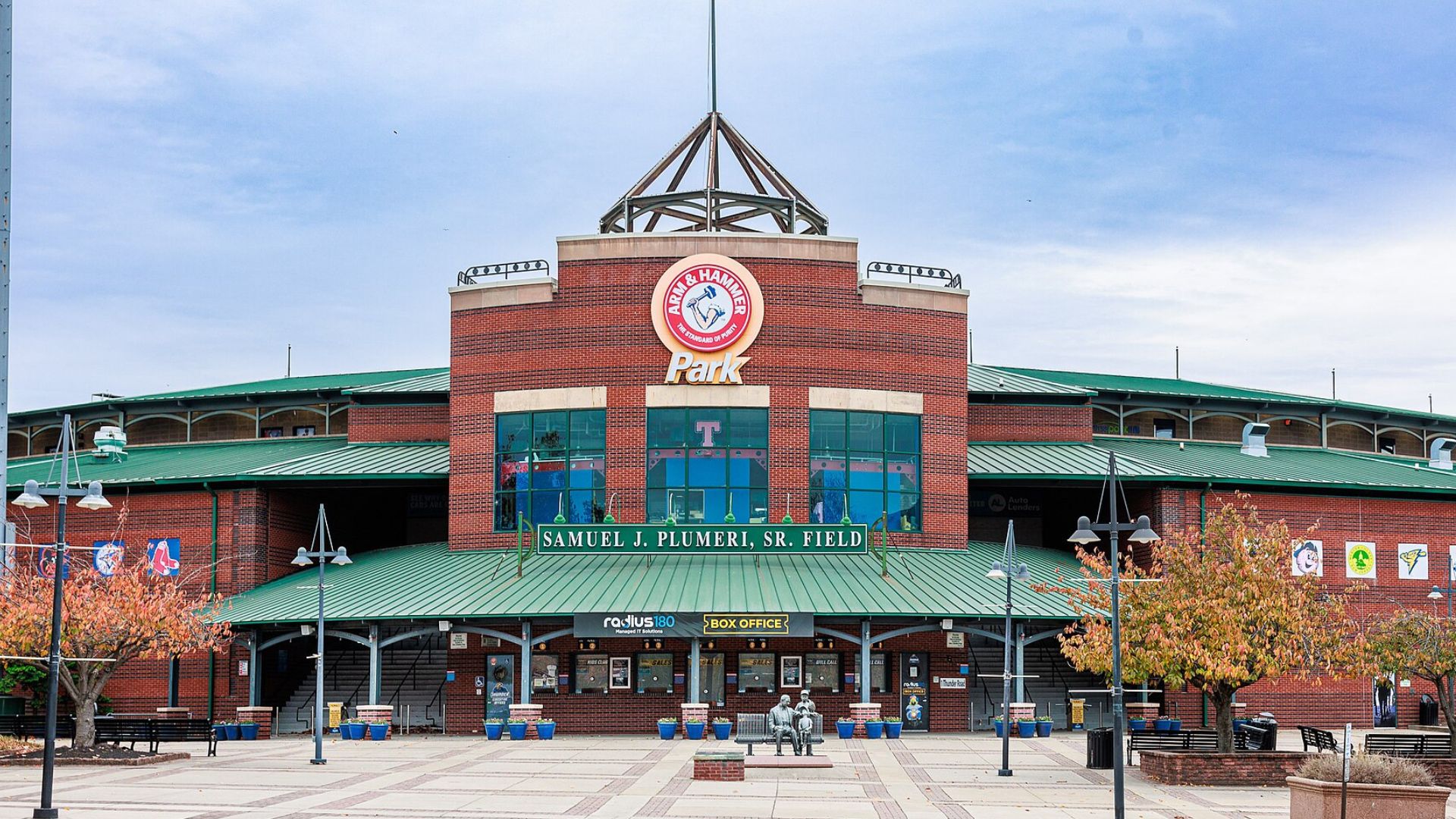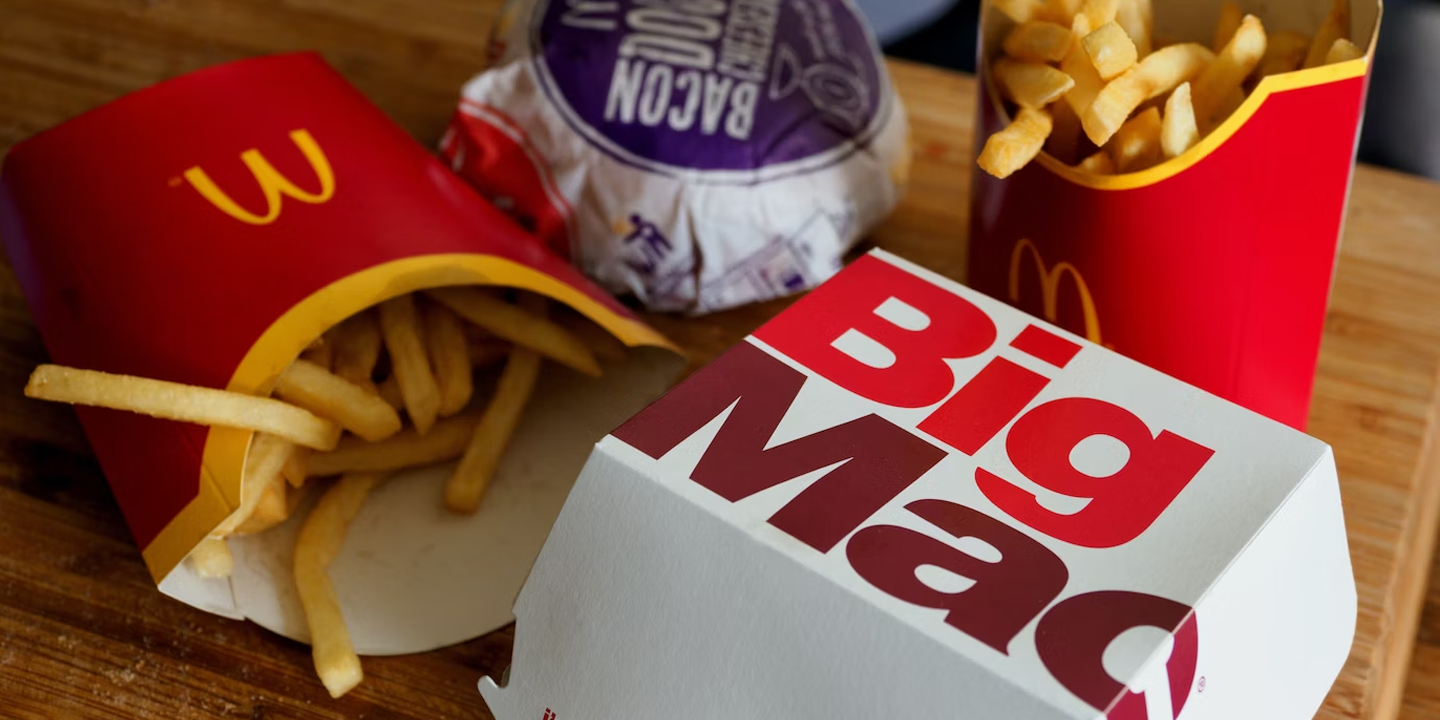The 20 Oldest Food Brands That Have Been Around Longer Than You Think
Labels That Outlast Trends
Before influencers and freezer meals, these food brands were already household names. Some began as small family ventures; others launched global empires. These food brands didn’t just feed generations; they witnessed them grow along with their business. This piece unpacks the surprisingly deep roots of 20 food brands that constantly show up on your plate.
1. Baker’s Chocolate
America’s oldest continually operating chocolate brand was born in 1780 in Dorchester, Massachusetts. Dr. James Baker partnered with chocolate maker John Hannon to launch a product that originally served medicinal and culinary uses. Today, Baker’s is a staple for bakers nationwide.
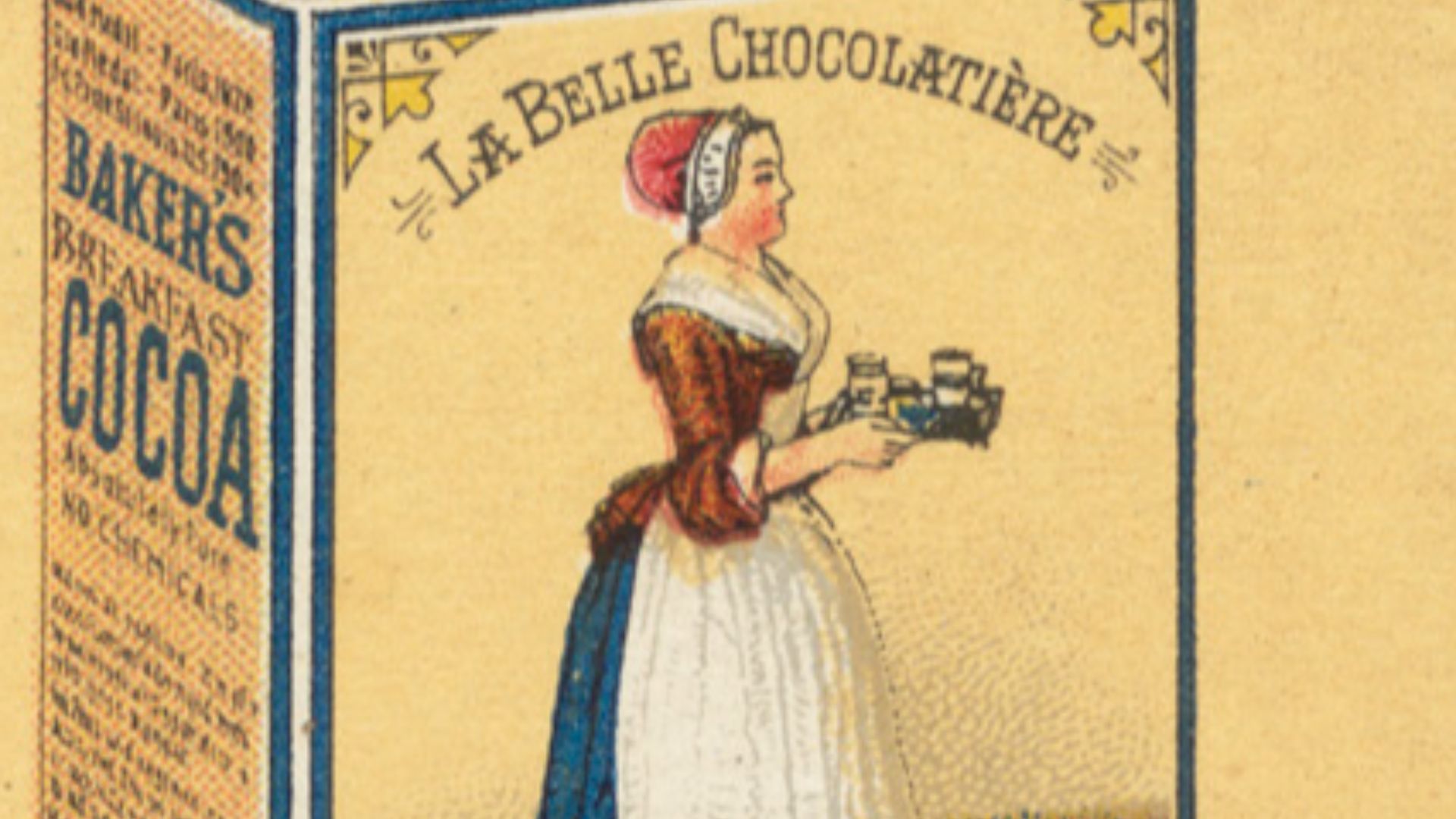 Boston Public Library on Wikimedia
Boston Public Library on Wikimedia
2. Twinings
Step into a London tea shop in 1706, and you’ll find Thomas Twining pouring what would become a global habit. Twinings is older than the United States and still operates from its original Strand location. Its logo (unchanged since 1787) is considered the world’s oldest continually used commercial logo.
3. Colman’s
That bold English mustard flavor traces back to 1814 in Norwich, England. Jeremiah Colman used a unique stone grinding technique to preserve essential mustard oils. This choice created the signature heat that made it a household staple in British kitchens and an eventual supplier to Queen Victoria’s royal household.
4. Tabasco
What began in the wake of the Civil War became one of the most globally recognized hot sauces. Edmund McIlhenny cultivated his first crop of tabasco peppers in 1868 on Avery Island, Louisiana. Remarkably, the recipe and the fermentation process have stayed virtually unchanged for more than 150 years.
5. Cadbury
Before it became synonymous with Easter eggs, Cadbury was a small Birmingham shop selling cocoa and drinking chocolate in 1824. Founded by Quaker John Cadbury, the brand promoted chocolate as a moral alternative to alcohol. It grew into a global confectionery powerhouse without abandoning its ethical roots.
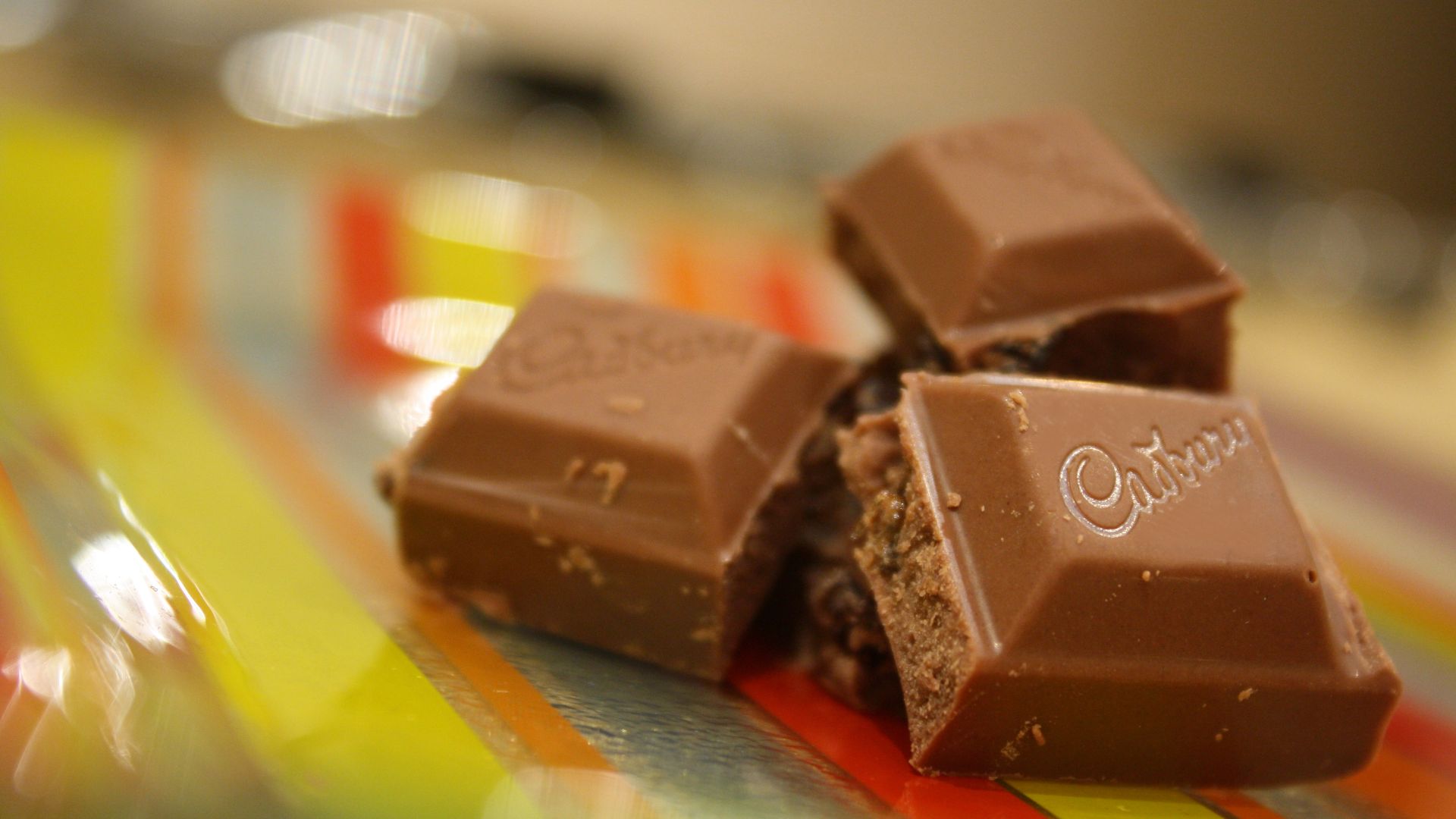 Mohammed Moosa from UK on Wikimedia
Mohammed Moosa from UK on Wikimedia
6. Ghirardelli
Italian immigrant Domenico Ghirardelli brought European chocolate-making precision to California during the Gold Rush. Established in 1852, the Ghirardelli Chocolate Company is one of the few that controls every step from cocoa bean to finished product. Its San Francisco roots and bean-to-bar methods distinguish it from modern mass producers.
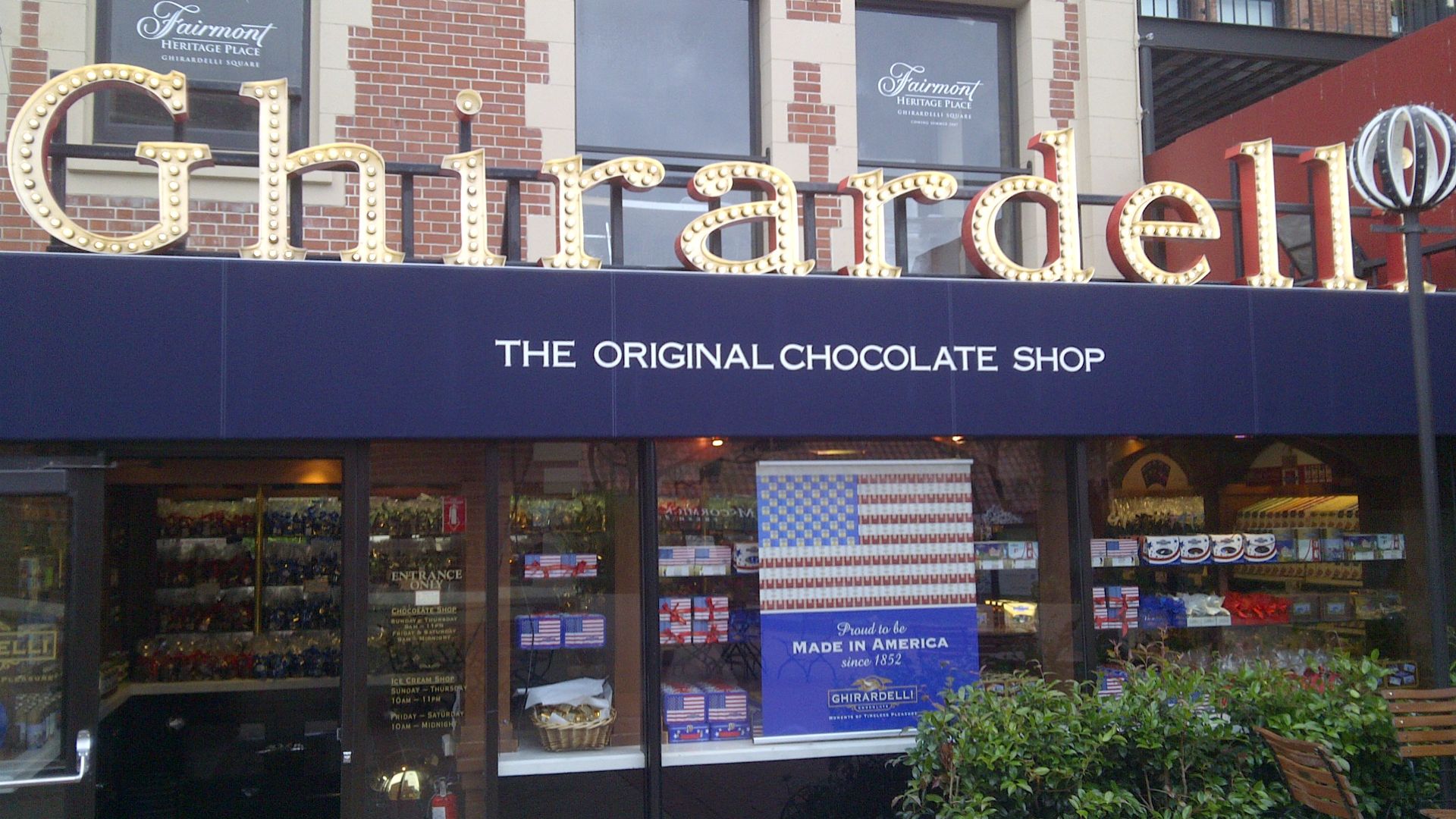 PictorialEvidence on Wikimedia
PictorialEvidence on Wikimedia
7. Lea & Perrins
Worcestershire sauce didn’t arrive fully formed. The recipe originated from an attempt to recreate a condiment from Bengal. It initially failed. Then, it was left to ferment in a basement, which thankfully transformed into a savory blend. Introduced commercially in 1837, Lea & Perrins defined the umami standard for British sauces.
8. Heinz
Not just a ketchup king, H.J. Heinz started his food company in 1869 with bottled horseradish. He emphasized cleanliness and clear glass bottles during an era when food safety wasn’t guaranteed. Heinz’s transparency earned consumer trust and eventually expanded the brand across over 200 countries.
9. Quaker Oats
The Quaker's name wasn’t chosen for religious reasons but rather to symbolize honesty and purity. Formed from a merger of four oat millers in 1877, it became the first cereal brand to register a trademark. Its early innovations included pre-cooked oatmeal and a pioneering role in mass-market breakfast culture.
10. Nestlé
Henri Nestlé’s invention of infant cereal in 1867 saved countless lives at a time when infant mortality was high due to poor nutrition. Though now known for its vast product range, Nestlé began as a humanitarian endeavor. The brand’s longevity is tied to scientific development and the success of its global distribution.
11. Campbell’s
The condensed soup revolution started in 1897 when Dr. John T. Dorrance developed a method to eliminate water from the soup that reduced packaging costs dramatically. Campbell’s red-and-white label became iconic after being inspired by Cornell’s football uniforms.
12. Kellogg’s
Before cornflakes became a breakfast staple, they were part of a sanitarium diet designed by Dr. John Harvey Kellogg in 1894. His brother Will commercialized the concept in 1906, creating the Battle Creek Toasted Corn Flake Company. The cereal’s appeal exploded and reshaped morning routines across the American household.
13. Van Camp’s
Canning innovation met Midwest practicality in 1861 when Gilbert Van Camp started preserving fruits and vegetables in Indiana. The brand’s pork and beans surged in popularity during the Civil War and offered Union soldiers a shelf-stable, protein-rich option. It’s still a go-to comfort food over 160 years later.
14. Philadelphia Cream Cheese
This one didn’t originate in Philadelphia, but the name stuck. The product was first produced in New York in 1872 by William Lawrence, who created it by accident while trying to replicate Neufchâtel cheese. The “Philadelphia” name was added later to the brand’s initial name, “Cream Cheese.”
15. Hershey’s
Milton Hershey’s vision extended beyond chocolate. After perfecting mass milk chocolate production in 1900, he built an entire town around the factory to support workers. Hershey, Pennsylvania, still thrives today. His affordable confections made chocolate accessible to the average American.
16. Del Monte
Though often associated with canned fruit, Del Monte began in the late 19th century as a premium coffee label for Hotel Del Monte in California. The brand evolved with food preservation trends, and by the early 1900s, it had become a pantry staple.
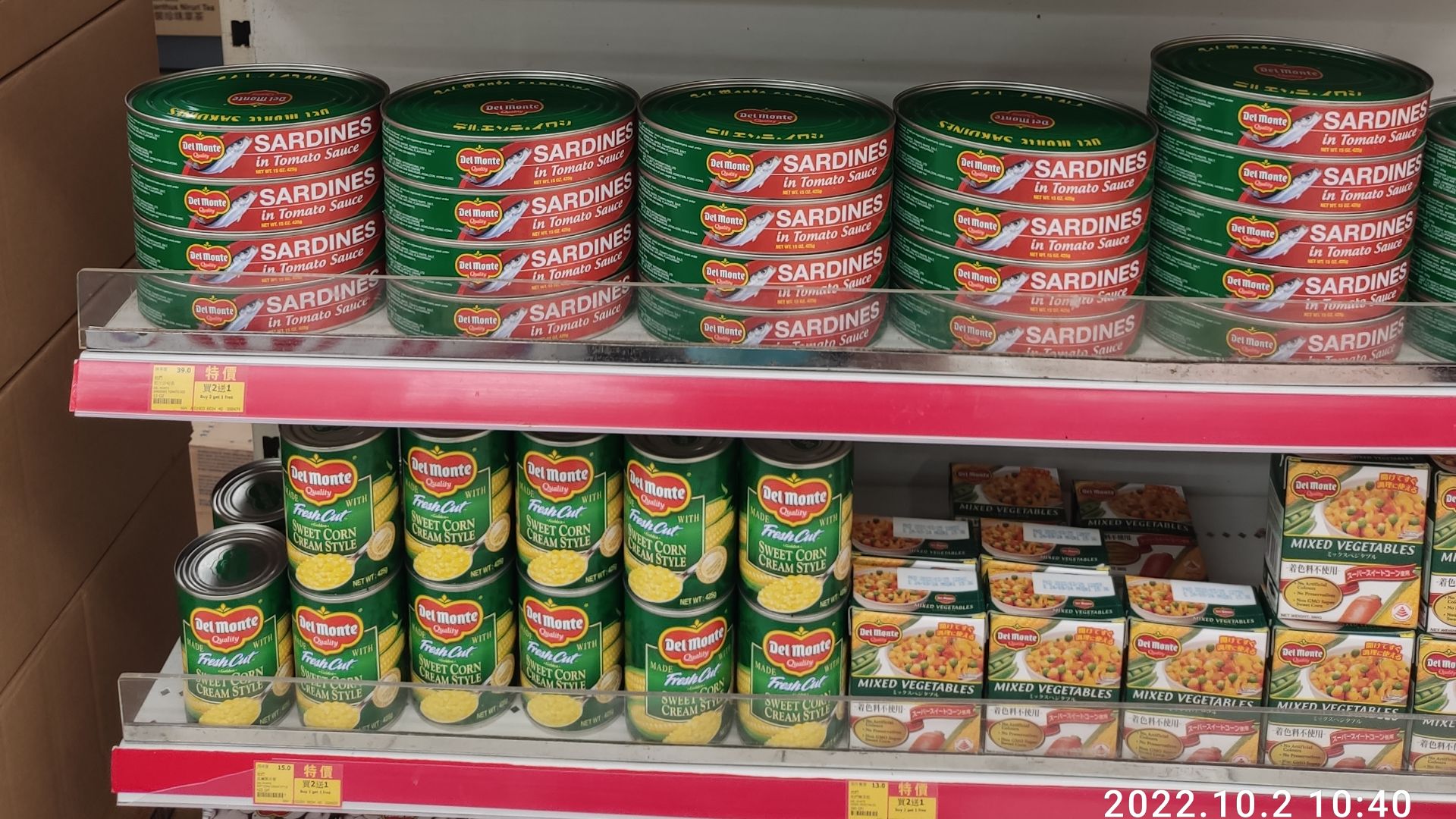 WU6RAM 392 Midagou on Wikimedia
WU6RAM 392 Midagou on Wikimedia
17. Bassetts
A traveling salesman reportedly dropped a tray of different licorice samples in 1899, and the client loved the mix. Bassetts had been producing sweets since 1842 in Sheffield, and this happy accident became their most enduring hit across generations of candy lovers.
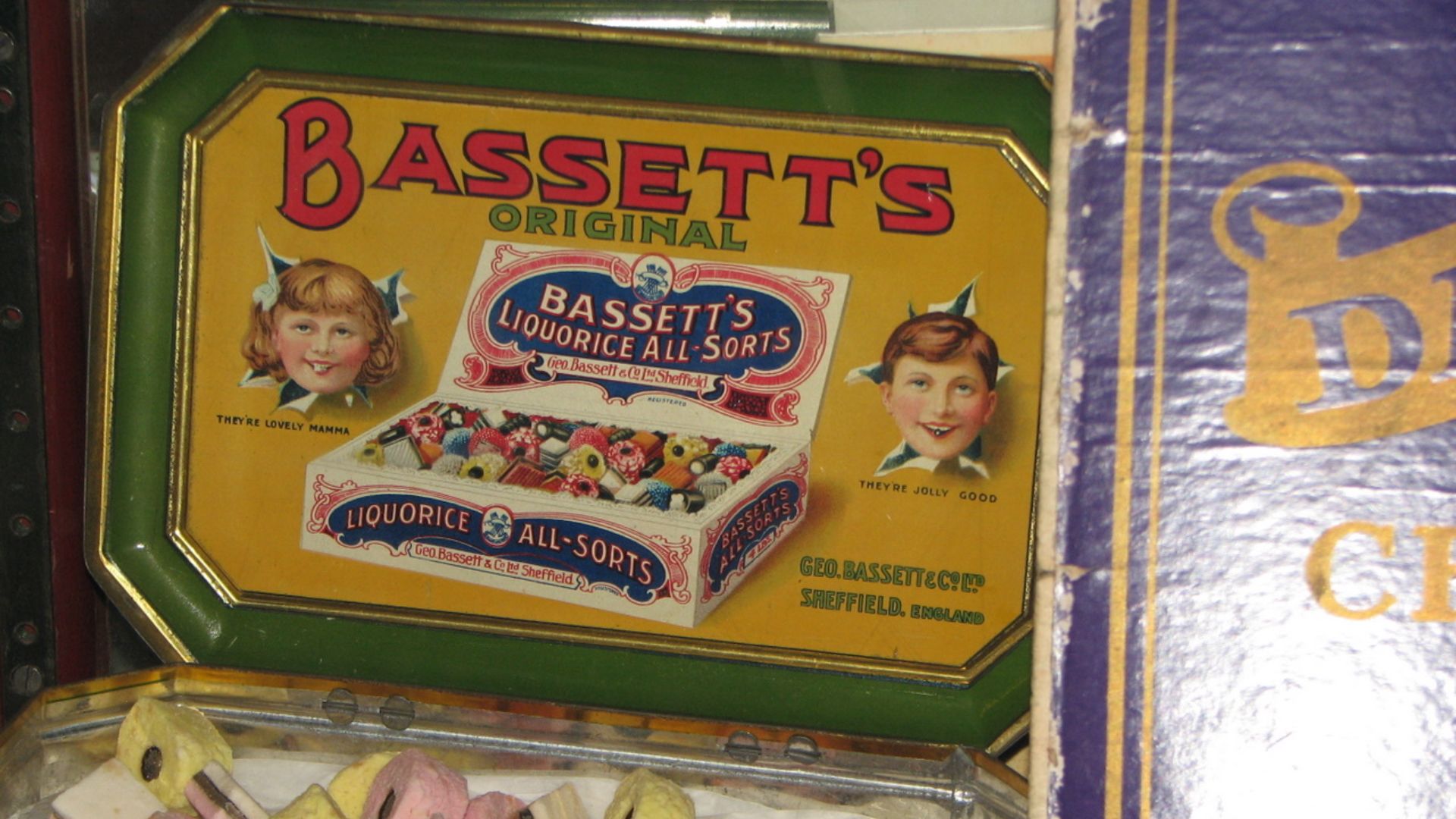 Glen Bowman from Newcastle, England on Wikimedia
Glen Bowman from Newcastle, England on Wikimedia
18. Bovril
Created in 1886 for British troops during wartime, Bovril is a thick beef extract designed for energy and warmth. It became a popular Victorian health tonic and later a football stadium tradition. Owned by Unilever today, it continues to be sold as both a drink and a cooking additive.
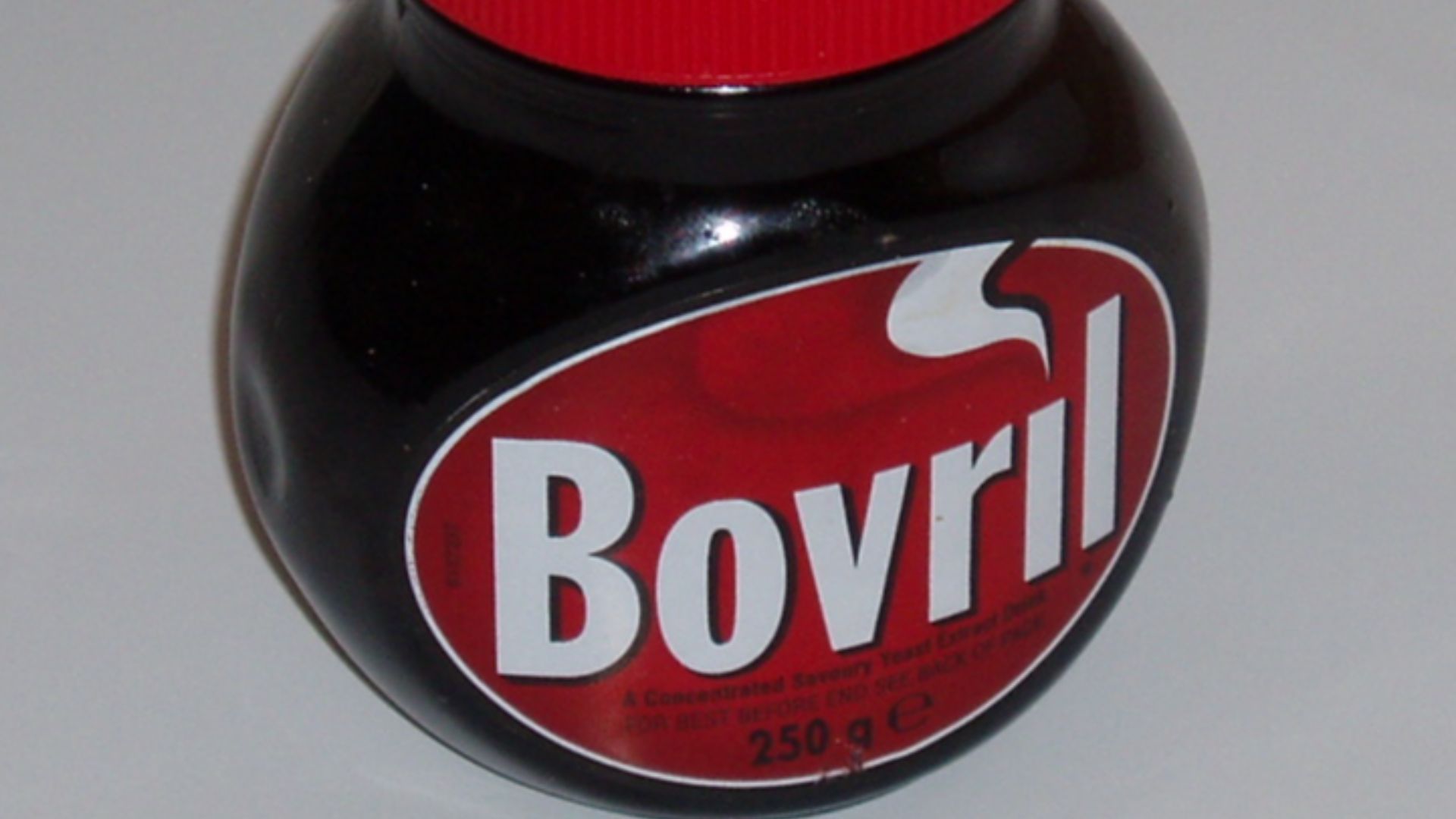 Legirons at English Wikipedia on Wikimedia
Legirons at English Wikipedia on Wikimedia
19. Libby’s
The innovation of rectangular cans in 1875 made Libby’s corned beef a hit worldwide. Founded in Chicago, the brand became a household name during both World Wars as it supplied preserved meats and vegetables to soldiers and civilians alike.
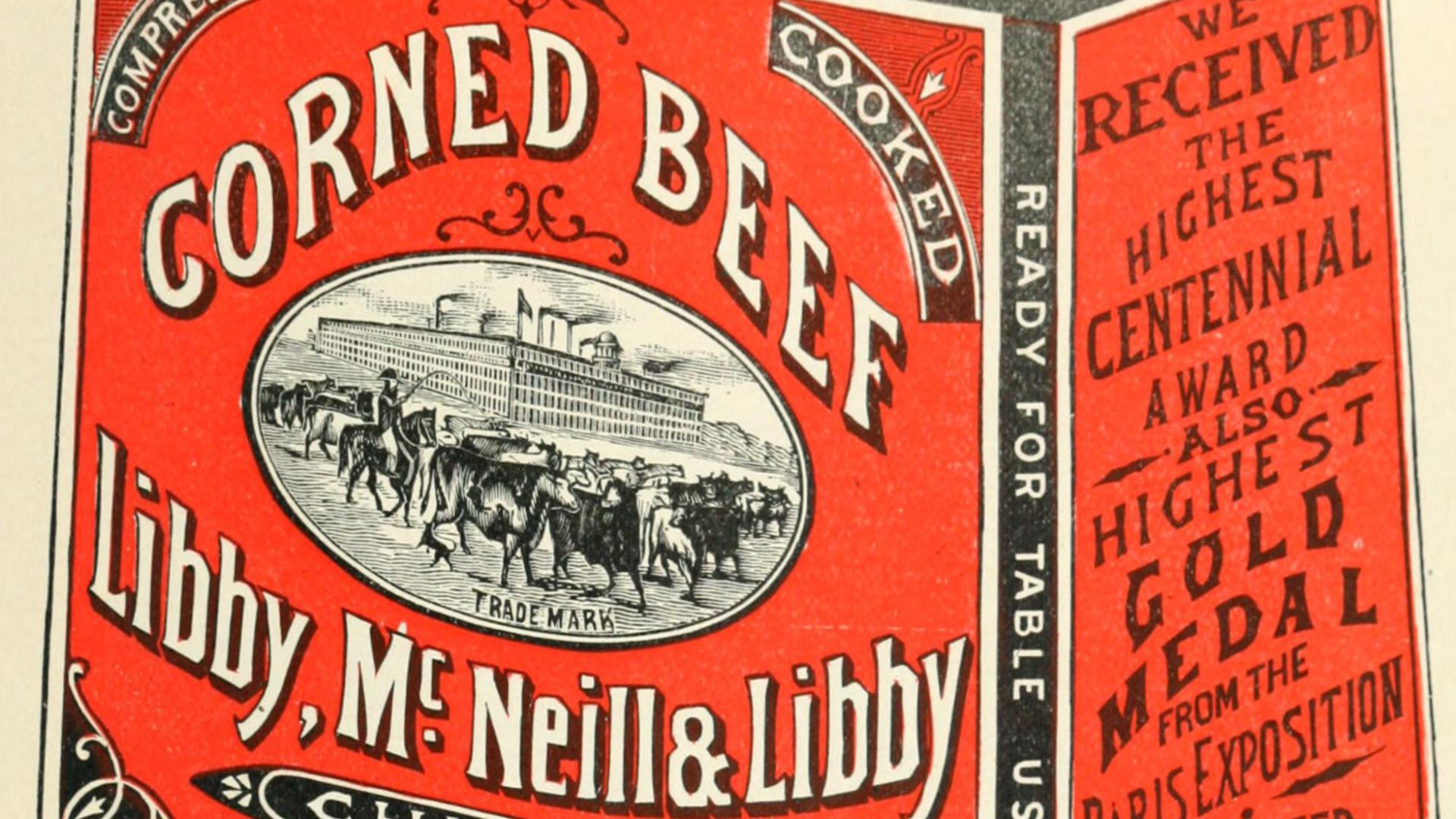 A.C. Cunningham, San Fransisco, California (signed lower right) on Wikimedia
A.C. Cunningham, San Fransisco, California (signed lower right) on Wikimedia
20. Arm & Hammer
While best known now for deodorizing refrigerators, Arm & Hammer baking soda was first marketed in 1846 as a leavening agent. The brand helped standardize baking in American kitchens. It serves culinary purposes even today, including tenderizing meat and maintaining pH levels in dough recipes.
KEEP ON READING
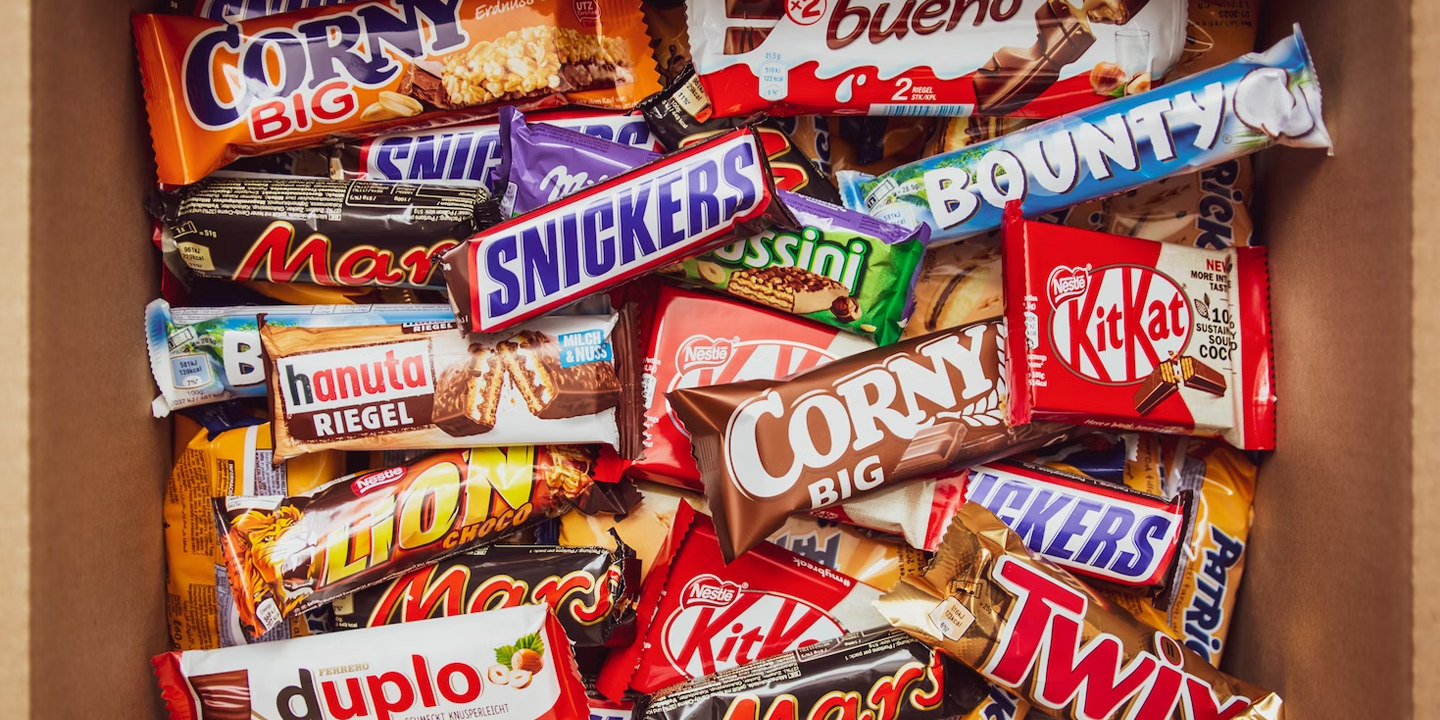
The Most Popular Chocolate Bars in the USA

